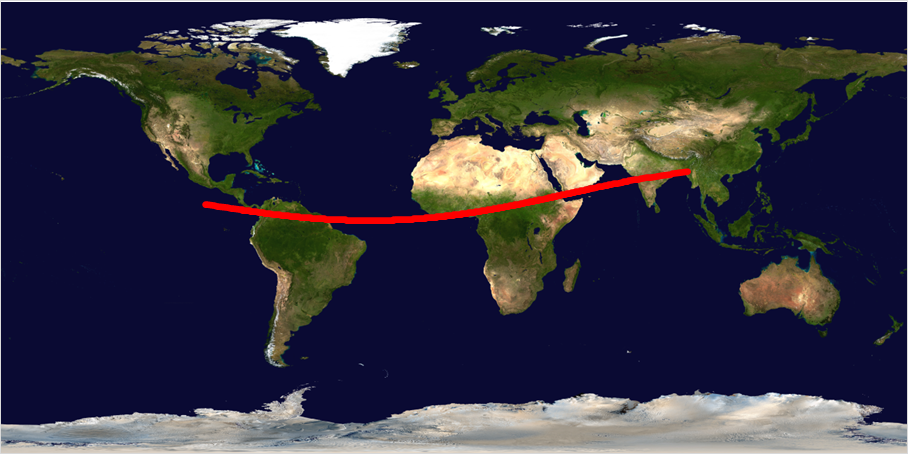Asteroid 2024 YR4 has reached the highest risk of impact yet, according to both NASA and the European Space Agency, with the agencies estimating a 2.6 percent and 2.4 percent chance respectively that the rock will hit Earth on December 22, 2032. The two measurements are independent of each other and continue to be in broad agreement – but the fact that they have continued to climb is not a reason to panic yet.
ADVERTISEMENT GO AD FREE
The asteroid was discovered less than two months ago and is going away from Earth. To work out exactly where it will be in the future, we need to work out its orbit with high precision. This means a lot of observations spread out over a long enough time: Each observation is a dot we can place on an imaginary line, and over time, it will trace the true orbit of the asteroid.
The current uncertainty on that orbit shifts the risk corridor, and so the chance that it might hit Earth has increased, but it is still not high enough to be of concern. Astronomers think it is still more likely that it will drop down over the next few weeks.
“Every new observation that comes in changes the trajectory of that line. Sometimes the final destination of this asteroid looks like it gets a little closer to Earth and sometimes it looks like it gets a little further away, so there’s still a lot of uncertainty,” asteroid-killing expert, science journalist, and author Dr Robin George Andrews told IFLScience in our exclusive feature on the global response to this threat.
“The impact odds will stabilize almost certainly in April, where the current observation window closes until 2028.”

The risk corridor for 2024 YR4.
Despite the universal feeling among professionals that the asteroid threat will disappear, they are not sitting on their hands. There are two UN-endorsed working groups taking care of business: the International Asteroid Warning Network (IAWN, pronounced “I warn”), chaired by NASA; and the Space Mission Planning Advisory Group (SMPAG, pronounced “Same Page”), chaired by the European Space Agency (ESA).
IAWN is coordinating all the observations of this body. The asteroid is estimated to be between 40 and 90 meters (131 – 295 feet) in diameter – not big enough to create vast-scale devastation, but certainly enough to cause damage to a city.
ADVERTISEMENT GO AD FREE
“There is a certain threshold from which asteroids are not just scary or spectacular anymore, where they really become a threat to the people on the ground,” Richard Moissl, the head of ESA’s Planetary Defence Office, told IFLScience. Asteroid 2024 YR4 is at that threshold.
SMPAG is staying ready in case it needs to fully activate and start planning a deflection mission. NASA has already demonstrated that this can be done with the DART mission. The spacecraft was sent at high speed against Dimorphos, the small moon of asteroid Didymos. This altered the small asteroid’s orbit and may have even created the first human-caused meteor shower.
The danger posed by this body is still tiny, but we will know more in the coming weeks.
Source Link: Asteroid 2024 YR4's Impact Risk Reaches 2.6 Percent – But Still No Need To Panic